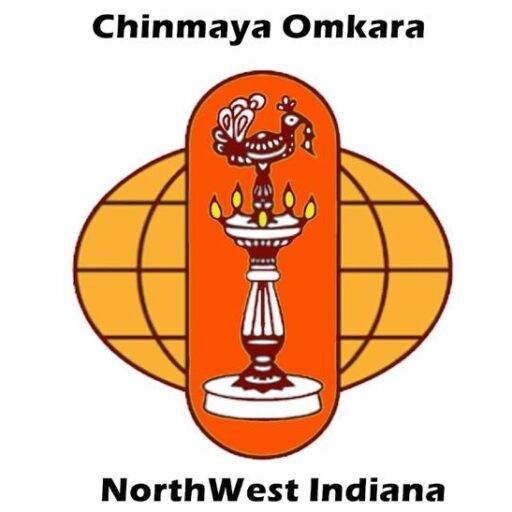A Samvad
Summary of last session (December 18) by Shri Mohan Khandekar.
Shri Vijay ji started the session by narrating the importance of reading Ramcharit Manas.
We have acquired this human body because of His grace and good karmas. The effect of reading and listening to this Granth with full devotion will be different to different individuals and it is one of the paths that leads to jeevanmukti.
He further drew comparison between Ramcharit Manas and Bhagavad Geeta. The teachings of Shri Krishna have been translated by many learned at different times.
The commentaries of Geeta during British times were focused on karma yoga to raise awareness of Dharma amongst the population.
Shri Shankaracharya has rightly described Geeta as not only Karma Granth but Dharma Granth as well.
This statement is well understood upon deeper knowledge of Vedanta. Similarly, a deeper understanding of Ramcharit Manas will bring internal happiness (स्वांत: सुखाय).
Shri Vijay ji recapped the meaning of Doha 36: Ramcharit Manas received through ears, perceived by mind, appreciated by heart and clearly interpreted by the intellect leads to understanding of the words Priya, Mod and Pramod (प्रिय मोद प्रमोद). He further expounded the words: Sanvad, Vad and Vivad (संवाद वाद विवाद).
Samvad is a dialogue between knowledgeable and not knowledgeable (eg. Krishna and Arjun)
Vad is discussion with understanding
Vivad is an argument without understanding.
He went on to explain alternative meanings of four corner Ghats of this beautiful lake which represents Ramcharit Manas, namely Mind, Intellect, Memory and Ego (मन बुद्धी चित्त अहंकार).
Conquer any one of them to get closer to Him. The other meanings can be taken as Dharma, Arth, Kaam, Moksha (धर्म अर्थ काम मोक्ष).
36:1 Tulsidas ji compares Ramcharit Manas and it’s seven sections to seven steps of Manas Sarovar leading to jeevanmukti.
Those with the “eye of knowledge” (ज्ञानरुपी चक्षु) can appreciate this. The Glories of attribute-less Shree Ram are similar to an ocean, deep and limitless.
Here Vijay ji drew our attention to the Ghats of river Ganga which has seven steps leading to the river. A platform after four steps and three thereafter.
What’s the significance? The first four stand for four fold qualifications (साधना चतुष्टया) and last three represent Listening, Contemplation, Meditation (श्रवण मनन निधिध्यास).
He also referred to chapter 11 of Bhagvada Geeta where Arjun is able to visualise Virat Roop through the “eye of wisdom” (ज्ञानरुपी चक्षु).
One who surrenders to Him with unwavered devotion can get such special powers.
36:2 Here Tulsidas ji is comparing Ramcharit to the ripples of Manas Sarovar.
The water is like nectar because it sings the Glories of Ram Sita. The Choupaies (चौपाई) are like beautiful scattered leaves and the words in them are like spectacular pearls.
Vijay ji presented another simile in relation to Vedanta. Poetry to be Shruti (scriptures) scattered leaves to be Mukti (freedom) and the pearls to be Anubhuti (an experience of realisation).
36:3 ” Chand, Sortha and Dohas (छंद सोरठा दोहा) in Ramcharit Manas are like lotus flowers of different colours. Sweet and full of fragrance.
They are full of meaningful words, wonderful metaphors and rich language”. Tulsidas ji proudly declares. “Knowledge from Ramcharit Manas is only possible when we have a clear understanding of it”, Vijay ji commented.
36:4 Marala (मराला) means swan (हंस), the only bird which can separate milk and water and can stay in and out of water.
This represents discrimination and detachment.
The words gyan, birag, bichara (ज्ञान बिराग बिचारा) stand for discrimination, dispassion and six fold qualification.
Without these there is no mumukshutva! Tulsidas ji compares the intricate details of the poetry to the beautiful fish in the lake.
Vijay ji discussed the primary, indicative and suggestive meanings of dhuni, avreb,gun and jati.
36:5 Here Tulsidas ji refers to Bhagvatam and Bhagavad Geeta with words like Dharma, Arth, Kaam etc and Gyan Vigyan respectively.
“Incidences and stories described here are like water creatures” Tulsidas ji adds.
Vijay ji’s comments: Water creatures represent dispassion just like lotus leaf. Non attachment is only possible with knowledge and devotion.
36:6 Tulsidas ji continues with the metaphors. The chanting of Shri Ram by saints and sadhus is like singing by certain peculiar water birds in the orchards of mango trees during a delightful spring season (वसंत ऋतू).
Vijay ji described the special significance of these trees. They provide shade for religious congregations and fruits for pleasure.
37:7 Shri Vijay ji concluded the session by narrating an account of Gyan Yajna performed by Pujya Swami Tejomayanand for three days in 1978 and the Gyan prasad received in the form of flowers, fruits and connected this memory to the meaning of line sam jum niyam…( सम जम नियम फूल फल ज्ञाना).
Jai Shree Ram

